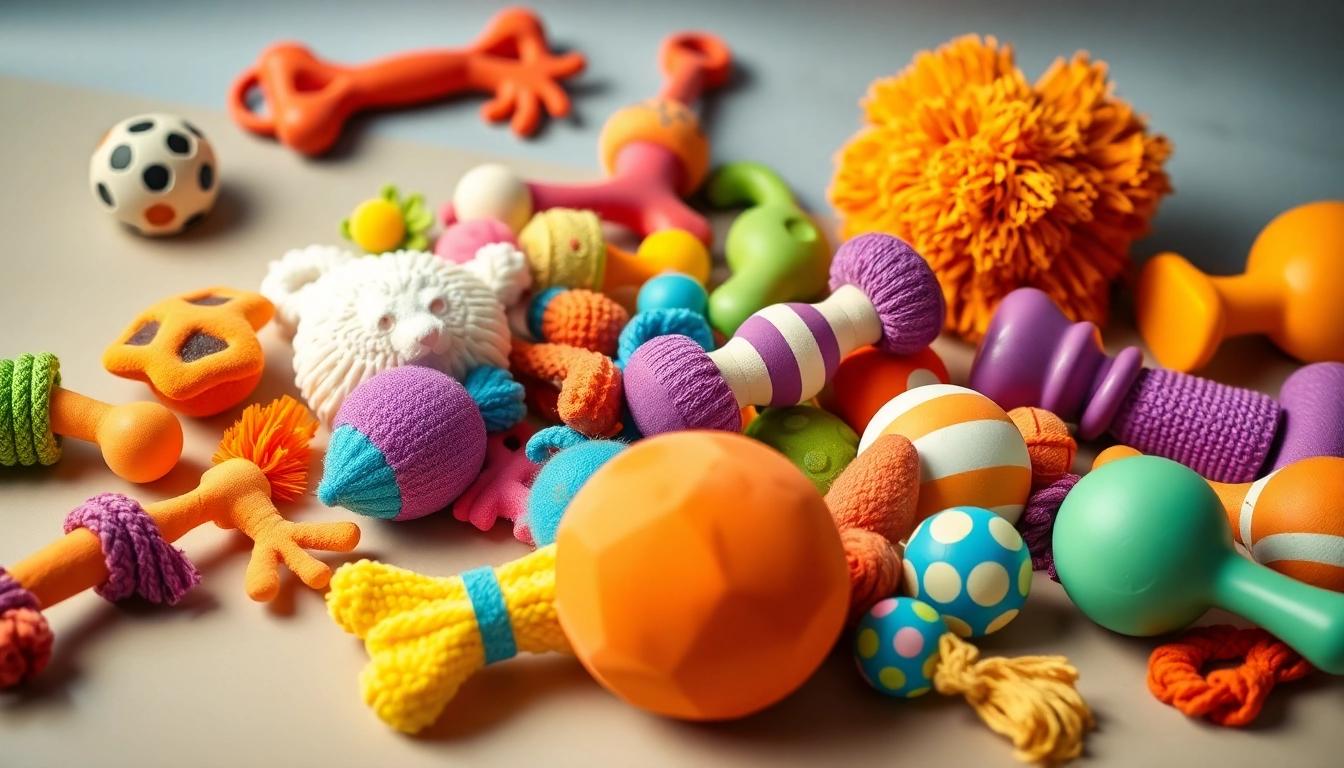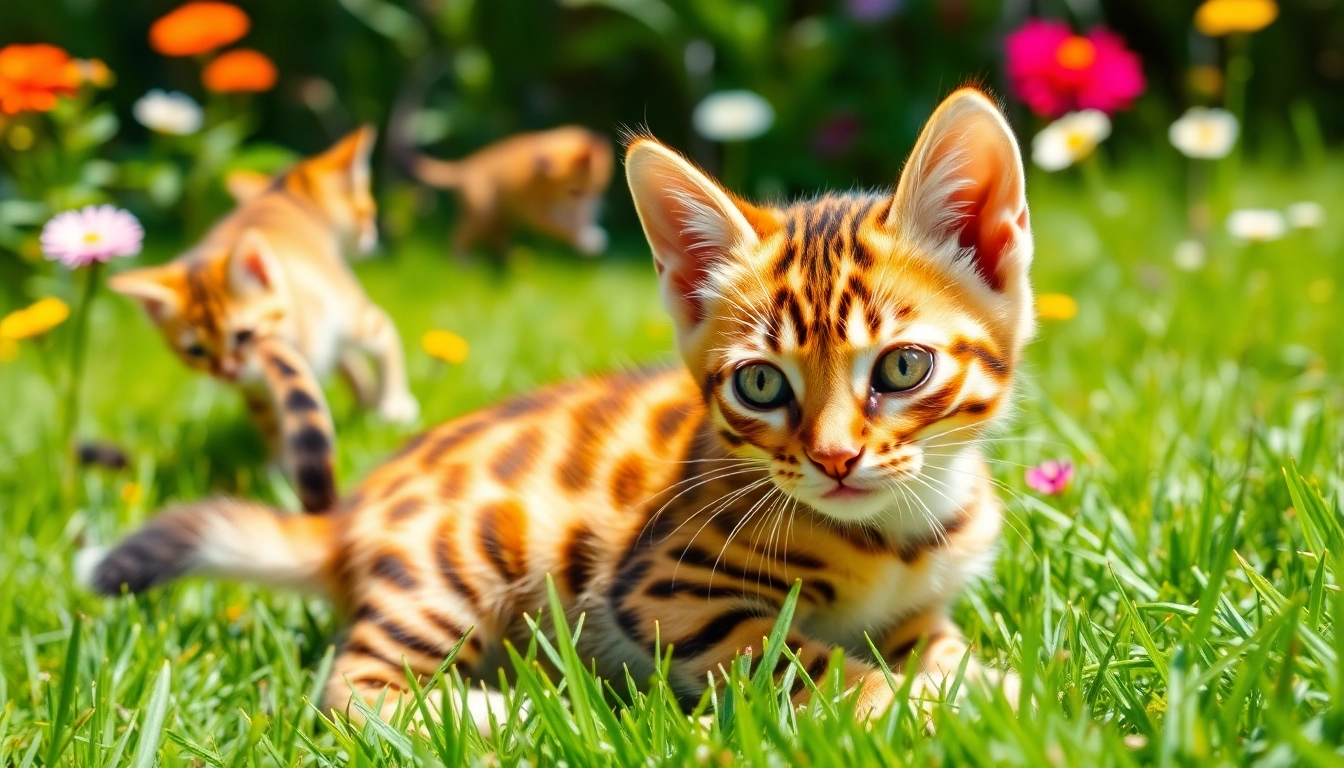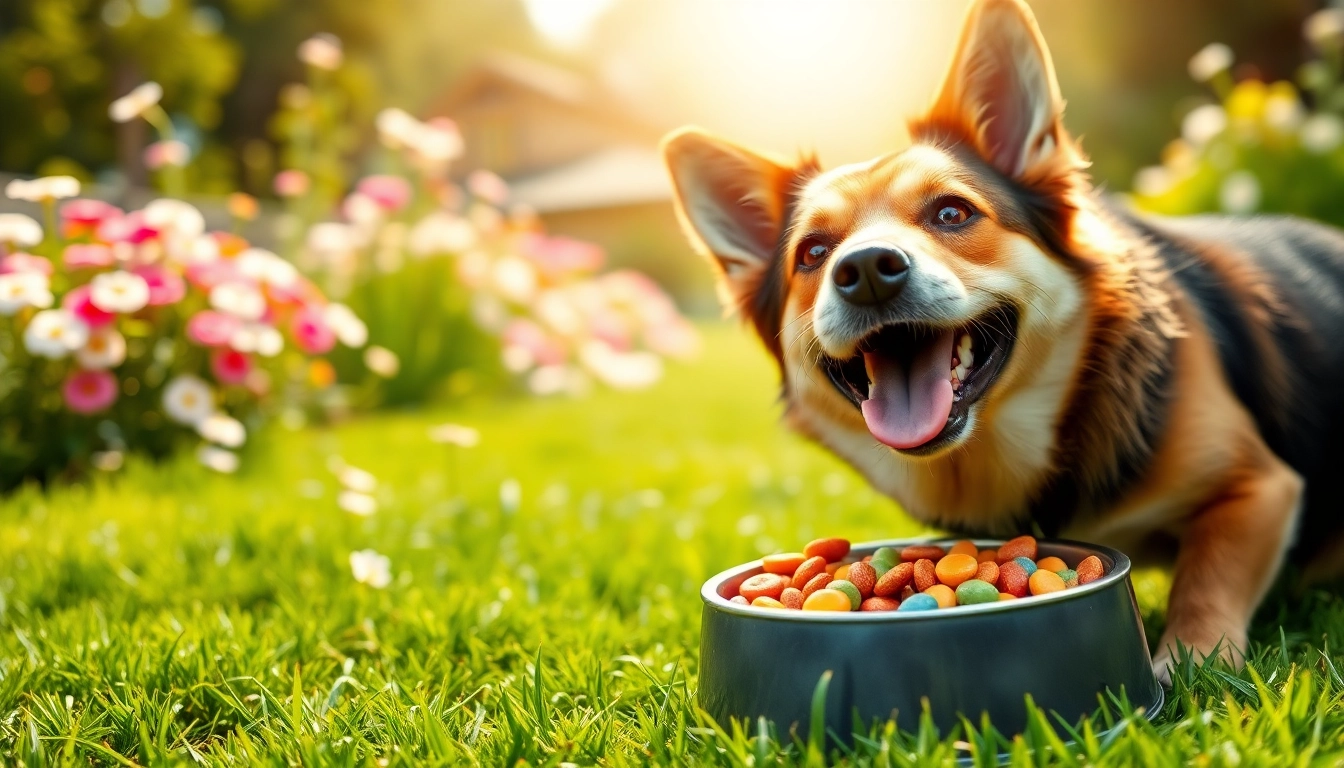Understanding Different Types of Pet Toys
When it comes to ensuring the well-being of our beloved furry friends, pet toys play an indispensable role. Not only do they provide a source of entertainment, but they also engage our pets physically and mentally. However, with the vast array of types available, such as chew toys and interactive puzzles, navigating through this maze can be daunting. Understanding the unique benefits and characteristics of different pet toys is crucial for every pet owner. Below, we delve deeper into the various categories and benefits of pet toys.
Chew Toys: Benefits and Best Options
Chew toys are essential for dogs, particularly for teething puppies and aggressive chewers. These toys serve multiple purposes: they help control plaque and tartar buildup, provide relief from teething discomfort, and satisfy a dog’s natural urge to chew. Not all chew toys are created equal, and selecting the appropriate one depends on your dog’s size, age, and chewing habits.
Some popular options include:
- KONG Classic: Perhaps the most recognizable chew toy, the KONG is made from durable rubber and can be filled with treats or peanut butter, making it a favorite among dogs.
- Nylabone: Known for its long-lasting durability, Nylabone offers a variety of shapes and flavors tailored for different types of chewers.
- Benebone: This product not only encourages chewing with its unique shape but is also flavored with real food, enticing dogs for hours of play.
Investing in high-quality chew toys is beneficial not only for your pet’s dental health but also for preventing destructive chewing on furniture and shoes.
Interactive Toys: Engaging Your Dog’s Mind
Engagement is vital for a dog’s mental well-being, and interactive toys are designed to challenge your dog cognitively. Such toys often include elements like puzzles, which require dogs to think and strategize to achieve a goal. This mental stimulation can assist in alleviating boredom and destructive behavior.
Some excellent interactive toy options include:
- Outward Hound Hide-A-Squirrel Puzzle Toy: This clever toy allows dogs to engage in hunting activities by ‘hiding’ squeaky squirrels inside a plush tree trunk.
- PetSafe Busy Buddy: A toy that dispenses treats as dogs interact with it, encouraging them to figure out how to receive rewards.
- Snuffle Mats: These mats simulate a foraging experience, engaging dogs in searching for hidden treats among fabric strips.
Integrating interactive toys into playtime not only sharpens your dog’s problem-solving skills but also fosters a deeper bond between you and your pet.
Squeaky Toys: Why Dogs Love Them
Squeaky toys are among the most popular types of pet toys, captivating dogs with their noise. Many experts believe that the sound mimics the noise of prey, thereby triggering your dog’s hunting instincts. The enjoyment derived from squeaky toys can be attributed to their unique features, which include:
- Engagement: The element of surprise provided by the squeak keeps dogs intrigued and involved, enhancing their playtime experience.
- Variety: Squeaky toys come in diverse shapes, sizes, and materials, catering to various dog preferences and play styles.
- Training Benefits: Incorporating squeaky toys during training sessions encourages dogs to stay focused and increases their enthusiasm.
However, it is essential to monitor your pet while using squeaky toys, as aggressive chewers can damage the toy and pose choking hazards.
Choosing Safe and Durable Pet Toys
Selecting safe and durable toys is paramount in safeguarding your pet’s health. Pets often chew on toys, and choosing poorly made products can lead to injury or ingestion of harmful materials. Awareness of materials and maintenance can significantly enhance the safety of your pet’s toys.
Materials to Avoid: Keeping Your Pet Safe
When purchasing pet toys, it is essential to be cautious about the materials used in their construction. Common materials to avoid include:
- Plastic: Some plastics can be fragile and may contain harmful chemicals like BPA that can be detrimental to your pet’s health.
- Small Parts: Toys with small parts that can easily detach are choking hazards and should be avoided, especially for dogs that enjoy aggressive play.
- Low-quality Rubber: Cheaper rubber toys can break down easily, creating sharp pieces that could harm your pet.
Focus on purchasing toys made of high-quality materials like natural rubber, non-toxic fabrics, and durable synthetic fibers that are designed for longevity.
Signs of Wear and Tear: When to Replace Toys
Recognizing when a toy needs replacing is crucial for your dog’s safety. Regularly inspecting toys for damage can prevent potential injuries. Key indicators include:
- Fraying: Torn fabric and loose strings can easily become chewable, which can pose ingestion risks.
- Deformed Shape: Toys that have lost their original shape may be weakened, indicating a need for replacement.
- Squeak Malfunction: If a squeaky toy no longer squeaks and requires excessive force to be used, it may be time to retire it.
Being proactive in replacing worn-out toys will mitigate risks and maintain your dog’s interest in playtime.
Understanding Your Dog’s Chewing Habits
Every dog has unique chewing habits influenced by breed, age, and personality. Understanding these habits can guide you in selecting the appropriate type of toys. For example:
- Puppies: They require softer chew toys to soothe teething discomfort.
- Heavy Chewers: Durable, hard toys are essential for strong jaws to withstand their chewing force.
- Playful Dogs: Energetic and adventurous dogs benefit from toys that promote interactive play and mental engagement.
When you comprehend your dog’s unique preferences, you can make more informed investments in their toy collections that cater to their specific needs.
The Benefits of Playtime for Dogs
Engaging pets in playtime is not merely entertaining but also fortifies their physical and mental health. Playtime is essential for dogs of all ages and offers a wealth of benefits.
Physical Activity: Health Benefits of Play
Regular playtime helps dogs maintain a healthy weight and supports healthy musculoskeletal development. Physical activity through play can:
- Prevent Obesity: Dogs that engage in regular play are less likely to become overweight, reducing the risk of associated health issues.
- Improve Cardiovascular Health: Exercise strengthens cardiovascular functioning, boosting overall health and vitality.
- Enhance Longevity: Active dogs typically have longer lifespans due to fewer health-related complications.
Incorporating a variety of play activities encourages your pet to exercise regularly while providing amusement.
Mental Stimulation: How Toys Help
Mental stimulation is just as critical as physical exercise for preventing boredom and behavioral issues. Toys that challenge dogs mentally—like puzzle toys and interactive games—can:
- Foster Problem-Solving Skills: Engaging with complex toys encourages dogs to think and strategize.
- Reduce Anxiety: Mental stimulation can alleviate anxiety in dogs, helping them cope with changes in their environment.
- Encourage Healthy Activity Levels: A mentally stimulated dog is more likely to relax, reducing destructive behavior at home.
Providing proper mental challenges enhances your dog’s cognitive functioning, making them happier and more balanced pets.
Building Bonding: The Role of Play in Connection
Playtime is a wonderful opportunity to bond with your pet. Engaging in bonding activities, such as fetch or tug-of-war, reinforces the human-pet relationship. This connection can:
- Enhance Trust: Interacting through play fosters trust and companionship, which are fundamental aspects of the human-animal bond.
- Reduce Behavioral Issues: When dogs feel enriched and connected, they are less likely to exhibit destructive behaviors stemming from boredom or anxiety.
- Boost Joy and Happiness: Shared playtime creates mutual enjoyment and affection, enhancing your pet’s well-being.
Integrating play into your daily routine is vital for developing a loving and trusting relationship with your pet.
Top Brands for Quality Pet Toys
Choosing the right brands can significantly impact the quality and durability of the toys you purchase for your pet. Some of the top brands focus on safety, sustainability, and innovation.
Evaluating Brand Reputation and Trust
Before purchasing from a brand, it is important to consider its reputation within the pet community. Research customer reviews, product recalls, and overall brand history. Brands like KONG, PetSafe, and Chuckit! have established themselves as reliable choices due to their commitment to quality and safety. Look for brands that:
- Use Safe Materials: Brands dedicated to producing non-toxic toys prioritize pet safety.
- Focus on Durability: A reputable brand produces toys meant to withstand heavy use and are refund-backed for damaged items.
- Encourage Innovation: Well-respected brands frequently introduce innovative toys that engage pets in enriching ways.
A trusted brand is a reflection of quality assurance, ensuring your pet enjoys safe and fun products.
Price Ranges: Finding Affordable Options
Quality pet toys come in a range of prices, and finding affordable options does not mean compromising on quality. Knowing what you can expect at various price points can help you make informed decisions:
- Under $10: Basic chew toys and small plush toys. Although affordable, ensure they are durable and safe.
- $10 – $30: Mid-range toys often provide better durability and design, including interactive toys and medium plush toys.
- Over $30: High-end toys, often designed for durability, safety, and complex play. Brands like West Paw and Tug-A-Jug produce premium toys.
Ultimately, assess your pet’s needs and behavior to ensure you choose the right toys at an optimal price point.
Innovative Products: What’s New in the Market?
Innovation in pet toys is consistently evolving, with many new products designed to enhance playtime and safety. Some innovative products to consider include:
- Smart Toys: Interactive toys connected to mobile apps that track playtime and engagement, adjusting challenges based on your pet’s performance.
- Eco-Friendly Toys: Brands that focus on sustainability offer toys made from recycled and natural materials without harming the environment.
- Treat-Dispensing Toys: Toys designed to release treats when engaged, providing both mental and physical stimulation.
Staying informed about new trends and technologies can help improve your pet’s playtime experience while ensuring safety and sustainability.
Tips for Introducing New Pet Toys
Introducing a new toy to your pet can be an exciting event yet requires a strategic approach to maximize engagement and enjoyment.
Gradually Introducing Toys to Your Dog
When introducing new toys, do so gradually to prevent overwhelming your dog. Start with one toy at a time and observe how your pet interacts with it. This allows them to acclimate slowly and reduces the chance of disinterest.
Mixing Old and New Toys for Engagement
Combining familiar toys with new ones can stimulate interest and excitement. Place old toys alongside new ones during playtime, allowing your dog to maintain comfort while exploring the new options. Rotate toys weekly to keep interest levels high.
Monitoring Your Dog’s Reaction to New Toy Types
Pay attention to your dog’s response to new toys. Some dogs may take time to warm up, while others may be immediately drawn to a new item. Gauge engagement levels and modify your selections based on their preferences, ensuring you provide a variety of shapes, sizes, and colors.



